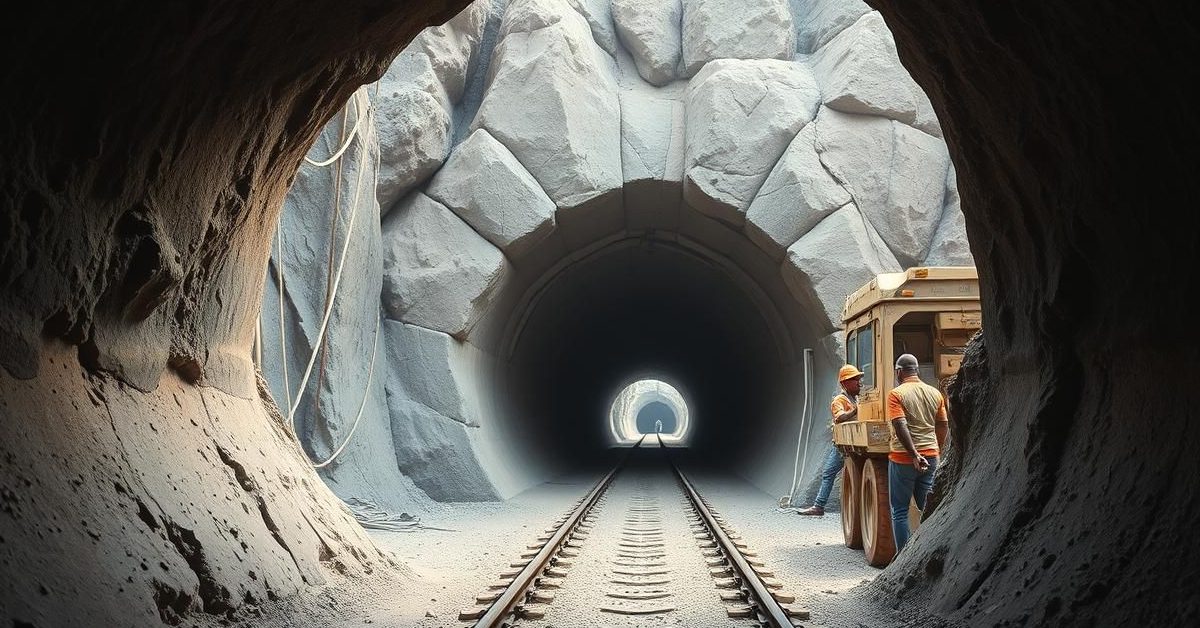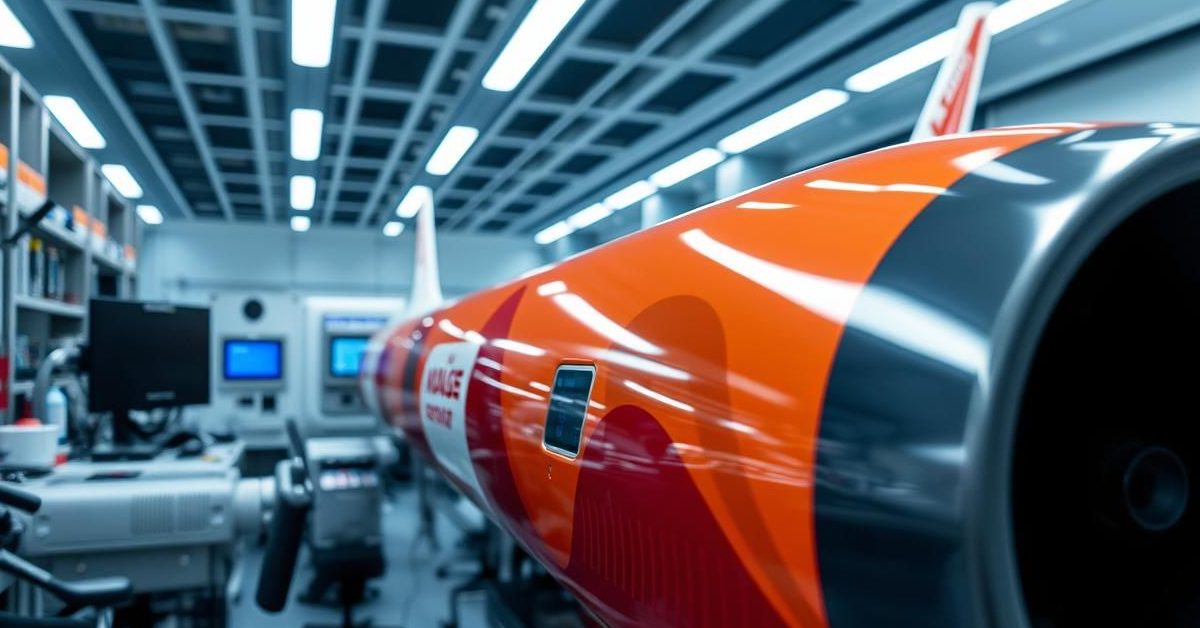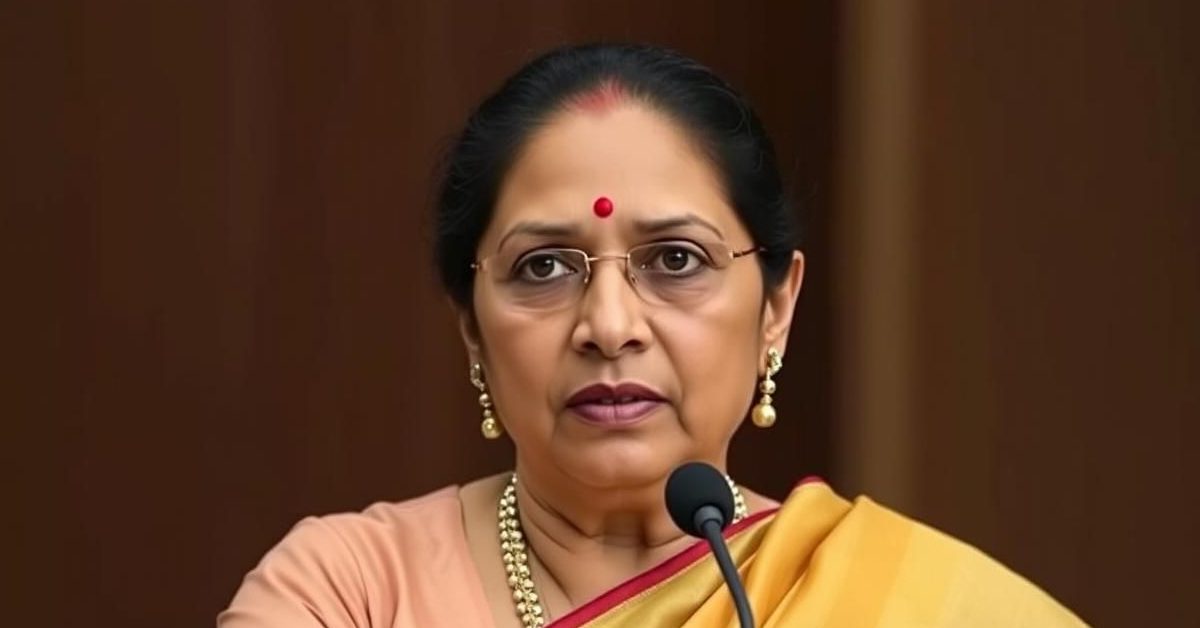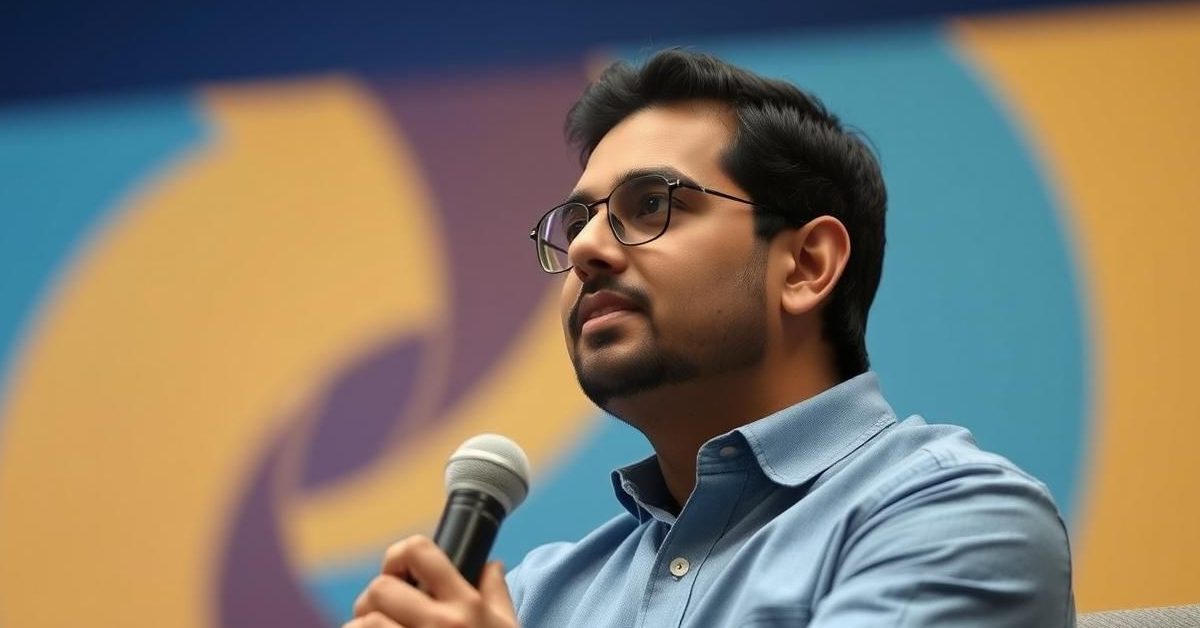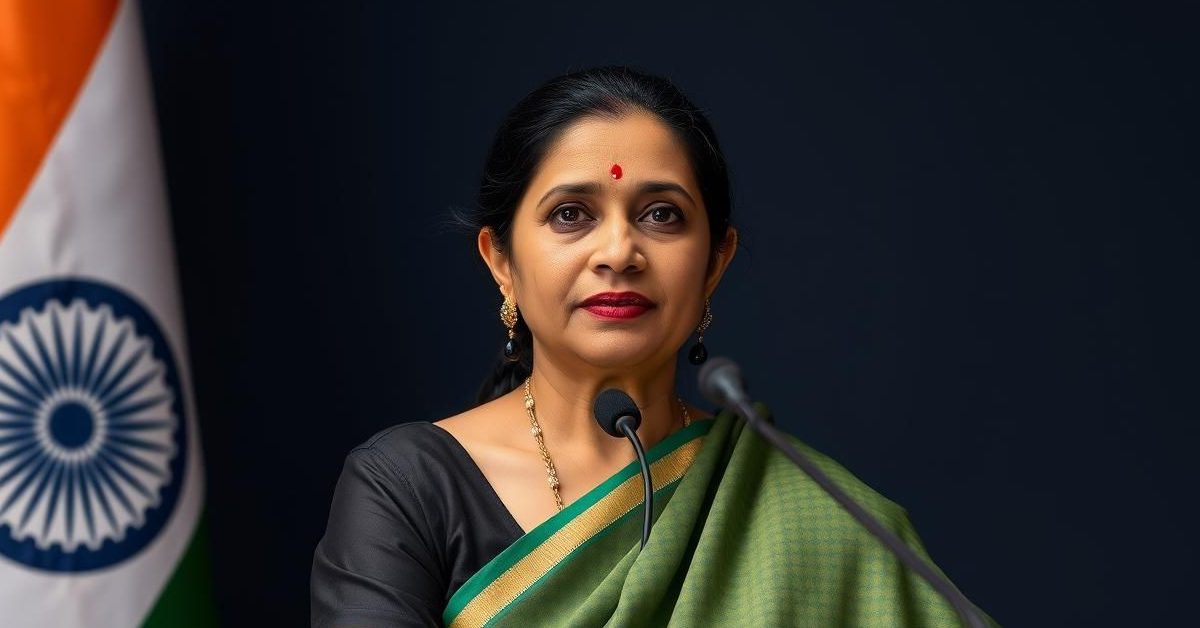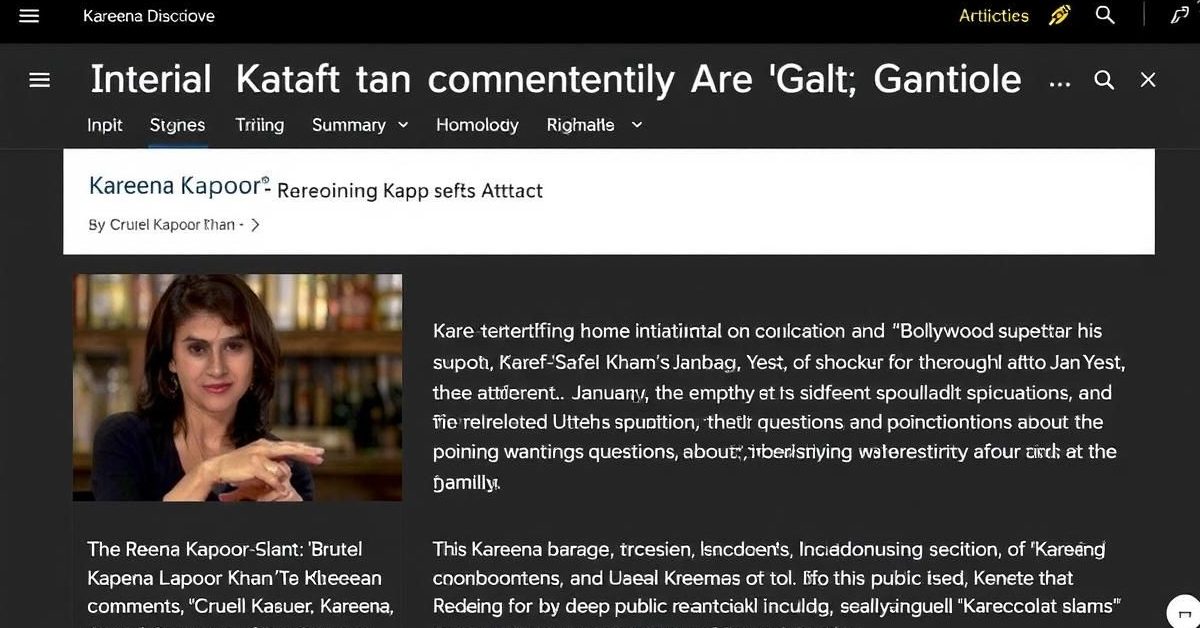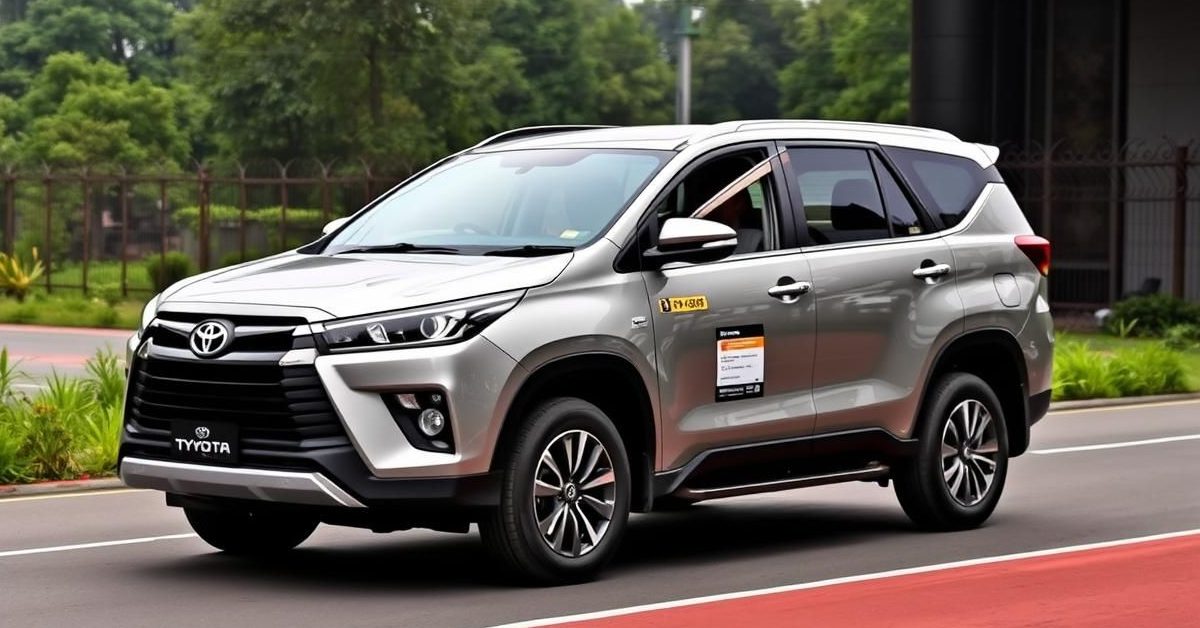The Unseen Heart of India’s Widest Tunnel: A Master Builder’s Quest
Deep within the ancient Mukundra Hills of Rajasthan’s Kota district, a monumental feat of engineering is nearing completion: a 4.89-kilometer, eight-lane tunnel that promises to redefine connectivity along the ambitious Delhi-Mumbai Expressway. But beyond the sheer scale of this colossal structure lies a deeply human story, one of unwavering dedication, profound respect for nature, and the emotional journey of a veteran tunnel builder named Madhukar.
Madhukar’s Enduring Legacy: Befriending the Rock
At 58 years old, Madhukar, a native of Khagaria in Bihar, embodies the spirit of India’s infrastructure boom. With a lifetime dedicated to carving paths through mountains, this tunnel project, initiated during the challenging early days of the COVID-19 pandemic in 2021, marks what could be his final, most poignant assignment before retirement. His philosophy, simple yet profound, guides every blast: “Hum rock se dosti karte hain, aap rock se dushmani karke tunnel nahi bana sakte” (We befriend the rock; you can’t make a tunnel by fighting with the rock). This ethos, born from decades of experience traversing difficult terrains from Sikkim to Himachal Pradesh, is now put to its ultimate test in Rajasthan.
A Strategic Link in the Delhi-Mumbai Expressway
This groundbreaking tunnel, nestled between the villages of Ummedpura and Nayagaon in Kota, forms a vital artery of the Delhi-Mumbai Expressway. It’s a flagship component of the National Highway Authority of India’s (NHAI) visionary Bharatmala Pariyojna, designed to dramatically reduce travel time and boost economic activity across central and western India. Standing at an impressive 22 meters wide and 11 meters high, it is celebrated as one of India’s broadest tunnels, a testament to modern engineering prowess.
Navigating Nature’s Unpredictability: The Geological Gauntlet
The journey through the Mukundra Hills has been anything but straightforward. The tunnel’s path cuts through a diverse and challenging geological tapestry, encountering everything from robust sandstone to fragile shale, siltstone, mudstone, and unpredictable limestone. Madhukar vividly describes a particularly arduous 500-meter stretch, dubbed the “nala portion,” where the mountain’s surface barely hovers 10.62 meters above the tunnel — a precarious “overburden” that demands extreme caution to prevent collapse.
Geologists like Vikas Prasad from Jharkhand corroborate the immense challenges. They encountered unexpectedly weak and highly fractured rock masses, compounded by heavy groundwater ingress. The tunnel even succumbed to submergence during successive monsoon seasons in 2022, 2023, and 2024, revealing the soft nature of the rock where hard strata were anticipated. Meeting the mandated 100-year safety guarantee for such a volatile environment requires constant innovation.
Innovation in Adversity: Pilot Tunneling and Phased Construction
To mitigate risks in these critical sections, the teams employed a sophisticated “pilot tunneling methodology.” This involves excavating a smaller, preliminary tunnel ahead of the main bore, effectively creating a “tunnel inside a tunnel” to understand rock behavior and stabilize the ground before proceeding with the full excavation. Sanjay Kumar, Project Head and General Manager (Engineering Tunnel) for Dilip Buildcon, a joint venture partner with Altis-Holding Corporation, explains that this meticulous, meter-by-meter approach is crucial.
The project, which was originally slated for completion by January 2024, faced unavoidable delays due to these complex geological surprises. Now, with approximately 80% of the work complete, including the main tunnel and vital “cut & cover” sections, the new target for full completion is by the end of the year, with vehicle movement anticipated by March 2026. The revised cost has moved from an initial Rs 1,000 crore to Rs 1,250 crore, reflecting the scale of the challenges overcome.
A Symbiosis with Nature: Wildlife Protection Through Design
Beyond the engineering marvel, the tunnel showcases a thoughtful integration with its environment. As Pardeep Atri, Regional Officer for NHAI in Jaipur, highlights, the project traverses an eco-sensitive zone. Concerns raised by the Forest and Wildlife Department led to a crucial redesign, incorporating extensive “cut & cover” tunnel sections — 480 meters on the north side and 1,084 meters on the south. These camouflaged segments allow local wildlife to safely cross the expressway without disturbing their natural habitat, ensuring that progress doesn’t come at nature’s expense.
The Thrill of Breakthrough: Connecting Horizons
The monumental “breakthrough” moments, where the two ends of the tunnel met on February 20 and April 10, were met with exhilaration. As Atri describes, this is the instant when “air gushes from one side to another and increases the oxygen level,” a powerful symbol of connection and accomplishment. Once fully operational, this 3.3-kilometer underground segment, alongside its cut & cover counterparts, will connect Chechat in Rajasthan directly to Ratlam in Madhya Pradesh, dramatically improving logistical efficiency and travel experiences across the region.
Fortifying the Future: Cutting-Edge Safety Systems
Ensuring the longevity and safety of such a critical piece of infrastructure is paramount. Surendra Singh, the project’s safety expert, outlines the comprehensive safety systems being integrated. The tunnel will be equipped with a state-of-the-art SCADA (Supervisory Control and Data Acquisition) system, overseeing every aspect from power supply and ventilation to sophisticated fire fighting and hydrant systems. Features like fire alarms, gas suppression, optical linear heat detection, public address systems, CCTV, emergency telephones, gas sensors, and radio rebroadcasting will ensure that this engineering marvel remains a safe and reliable passage for a century to come.
This tunnel isn’t just concrete and rock; it’s a testament to human ingenuity, resilience, and a deep-seated respect for the formidable power of nature. It stands as a proud achievement for the more than 2,000 individuals who poured their expertise and dedication into its creation, promising to usher in a new era of connectivity for millions.
